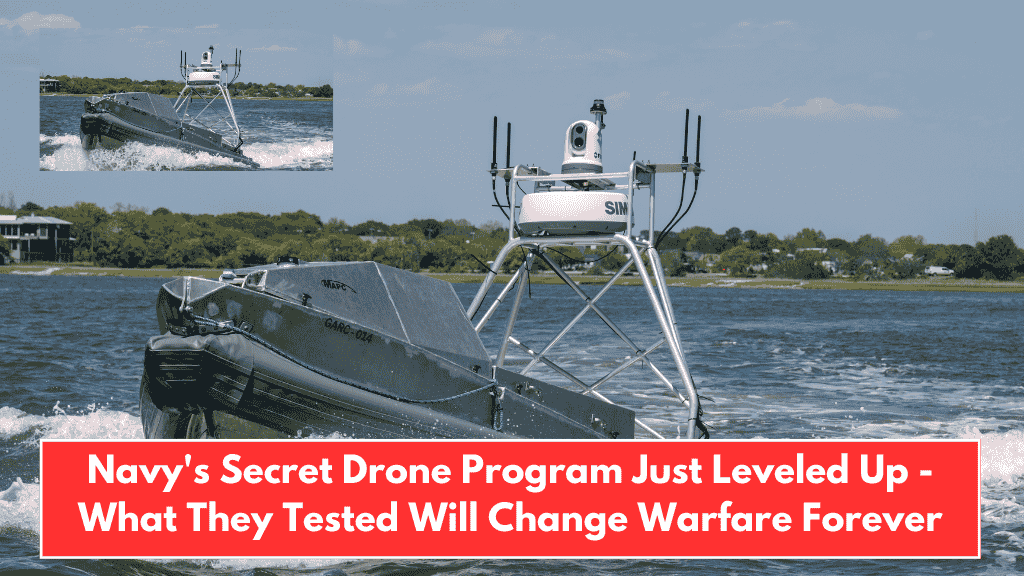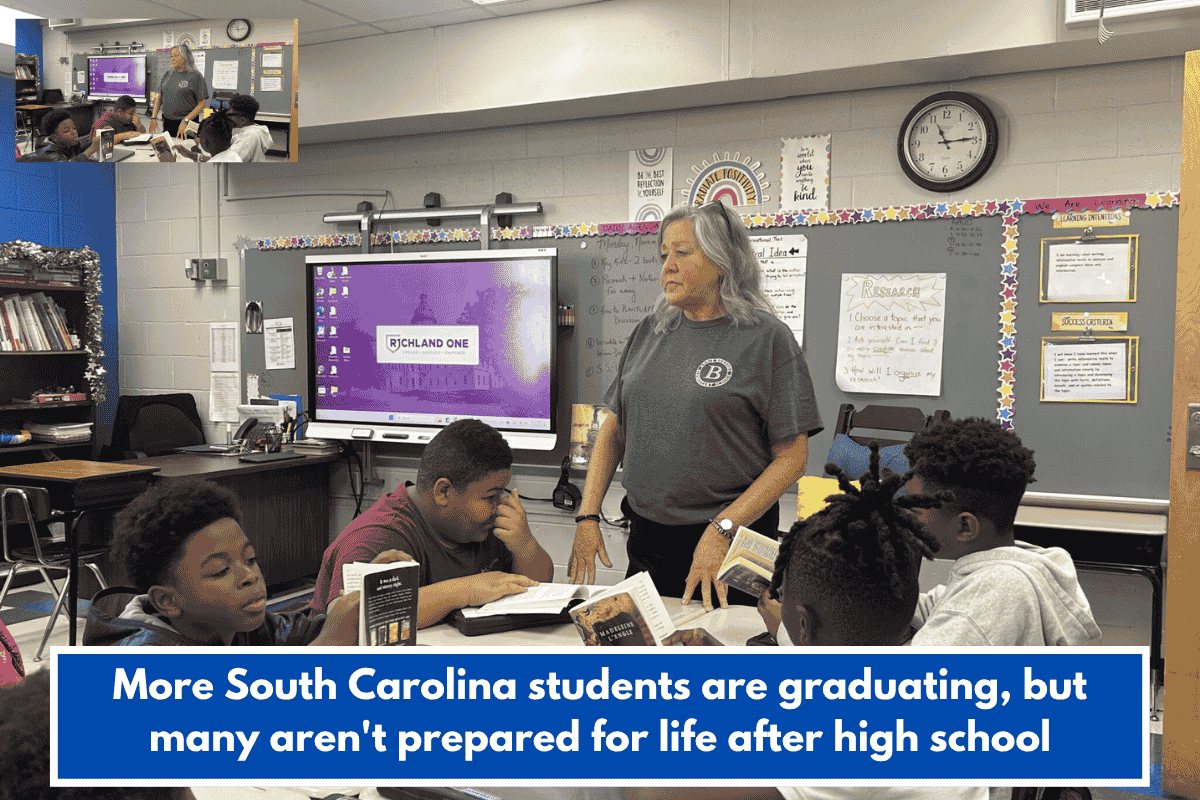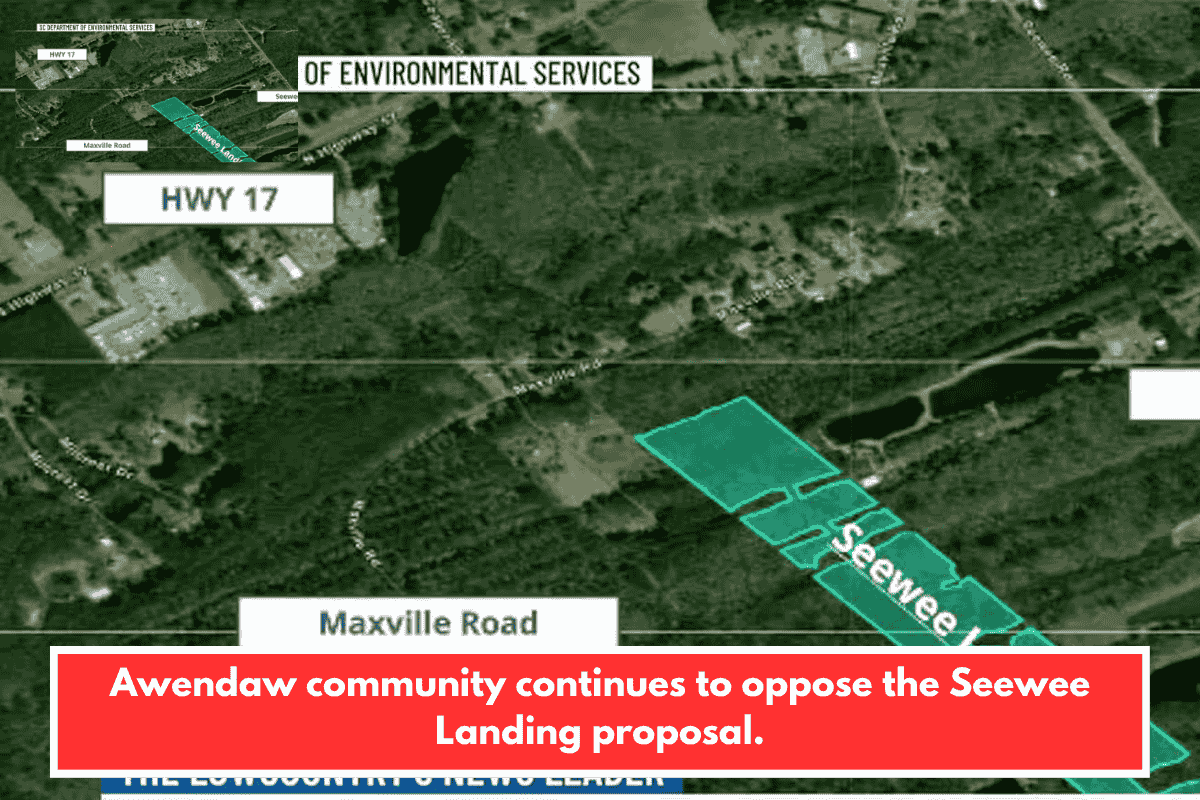The Naval Information Warfare Center (NIWC) Atlantic wrapped up a week of intensive research and communications testing on April 18, focusing on unmanned autonomous systems off the coast of Sullivan’s Island, SC. This testing event, known as “Southern Lightning,” was held in collaboration with the Naval Surface Warfare Center, Crane Division (NSWC Crane) from Indiana and US Fleet Forces Command.
The goal of Southern Lightning was to advance the Department of the Navy’s initiative to create a future hybrid fleet that integrates manned and unmanned systems across all warfighting domains—land, air, and sea.
Enhancing Communication Technologies for the Future Fleet
Kevin Charlow, acting executive director of NIWC Atlantic, highlighted the importance of this collaboration, emphasizing how it demonstrates the significant role warfare centers like NIWC Atlantic play in naval research and development. He also praised the support from the local community on Sullivan’s Island, adding that the event showcased the enthusiasm of scientists and engineers working together to discover the most promising communications technologies for the Navy and Marine Corps.
Sullivan’s Island, a short helicopter ride from NIWC Atlantic, serves as the starting location for the Southern Lightning event each year. The second leg of this two-week event will take place at the Savannah River National Laboratory in Aiken, SC, where NIWC Atlantic has been collaborating with the Department of Energy on areas such as cyber, autonomous systems, and electromagnetic spectrum operations (EMSO) since 2023.
USS Cole Joins Southern Lightning to Support Testing
This year’s event stood out due to the presence of the USS Cole (DDG 67), an Arleigh Burke-class guided-missile destroyer with a distinguished history. Positioned more than 20 miles off the coast, the USS Cole supported the Navy warfare centers in testing the viability of new technologies and concepts in an operational environment. The destroyer also flew MH-60R helicopters to aid in the unmanned communications testing, while the South Carolina National Guard deployed AH-64 Apache helicopters to the area.
Cliff Hunt, NIWC Atlantic’s senior scientific technical manager for assured communications, noted the unique advantages offered by the Lowcountry environment, with its protected harbors and quick access to deep water, making it ideal for these types of tests. He also emphasized the collaboration between industry, government, and military innovators.
Advancing Communications with Industry Support
Throughout the testing week, unmanned systems were launched from the western tip of Sullivan’s Island. These systems, operated by industry partners, acted as platforms for communications technology tests. Mike Massenet, one of NIWC Atlantic’s lead engineers for assured communications, praised the industry companies for their commitment to demonstrating their technologies, saying their participation is crucial to NIWC Atlantic’s leadership in communications resilience.
The testing involved monitoring unmanned platforms and technologies operating far out at sea, while technologists from NIWC Atlantic and NSWC Crane analyzed vast amounts of data inside Southern Lightning’s maritime operations center (MOC). The MOC, a critical command-and-control hub for the event, played a key role in coordinating the complex experiments.
Southern Lightning as Part of Larger DoD Experimentation
Southern Lightning is one of several Department of Defense (DoD) experiments conducted each year under the Silent Swarm program. Silent Swarm, led by NSWC Crane, takes place annually in northern Michigan and focuses on EMSO capabilities for small, unmanned, multi-domain systems supporting US Navy and Joint Force operations.
Robert “Ice” Gamberg, the lead for Silent Swarm, explained that Southern Lightning provided an invaluable opportunity to test Silent Swarm technologies in a unique, multi-domain environment, combining fleet operations with the capabilities of unmanned systems.
The Role of Communications in Future Naval Operations
Southern Lightning serves as an essential opportunity for NIWC Atlantic and its partners to refine communications capabilities critical for the future hybrid fleet. As Sailors and Marines will rely on assured and resilient communications in future conflict, testing sensors and radio waves during peacetime ensures that warfighters will have the communication infrastructure needed when it matters most.
Testing during Southern Lightning included the deployment of sensors, relays, and radios aboard unmanned aerial, surface, and subsurface vehicles. Additionally, a tethered aerostat flew over Charleston Harbor, assisting with communications.
Christian Martin, an engineer from NIWC Atlantic, emphasized how the testing environment at Sullivan’s Island helped engineers and scientists think creatively about how communication systems can be developed rapidly for unmanned systems in the fleet.













